Living Blocks
The social units of future habitats
Our world is changing at an unprecedented rate. The network of social spaces that define our territories need to evolve to face increasingly challenging and complex circumstances.
Participants will reflect on and design modular and sustainable future blueprints of Kortrijk’s social spaces. They will also be required to bring them to life through different situated experiments.
Participants will work in team on one of the following briefs.

NEW KID ON THE BLOCK
Climate DisplacementIn recent years we have witnessed the devastating consequences of climate change at an unprecedented rate globally. According to the Sixth Assessment published by the Intergovernmental Panel on Climate Change, most of the glocal land regions are experiencing more extreme and prolonged heat waves, which are often paired with devastating rain events and storms. In October 2021 Flanders was hit by a terrible storm, the so-called “water bomb”, which affect up to 100,000 according to some sources. With an ever-increasing number of extreme weather events these incidents are due to increase in numbers and affect more and more people, leaving some without shelters for limited or extended periods of time.
Can we still find ways of inhabiting the territory with such extreme weather conditions? Or is it too late and we need to find drastically different alternatives and fabricate more habitats for the displaced population?
How might we design adaptable housing to respond to extreme climate events?
FluidiCity
FluidiCity is a series of artistic socio-ecological experiments that wants to capture citizens' imagination to consider their built and social borders in a different light. By embracing the concept of fluidity, what was perceived as “invasive”, it now constitutes an opportunity for learning, play and lightness.
FluidiCity is een reeks artistieke sociaal-ecologische experimenten die tot de verbeelding van de burgers wil spreken om hun gebouwde en sociale grenzen in een ander licht te zien. Door het omarmen van het concept van vloeibaarheid, wat als "invasief" werd ervaren, vormt het nu een kans voor leren, spelen en lichtheid.

JUST AROUND THE BLOCK
Local and Sustainable TourismIn 1936,paid vacation leave allowed French and Belgian citizens from all social classes to enjoy tourism. What started out as local explorations of beaches and mountain routes, expanded into international and intercontinental trips across the planet, relying mostly on aeroplanes as a means of transportation. Tourism has since grown into a trillions dollar world economy that many cities and countries rely on. However, as the recent pandemic has brought to light, in response to the ongoing climate crisis a new breed of responsible tourism needs to reemerge in our social traditions that maintains our right to vacation while dealing with the emerging risks that are associated with it.
The city of Kortrijk is currently looking into encouraging local tourism within its territory by creating value in man made and natural attractions aiming at captivating local and alien residents. For the last 10 years it has been rebranding itself while seeking out of the box experiences for curious travellers.
How might we encourage tourism that cares for the environment and people?
Omnipresent
“Omnipresent” is a proposal for a distributed and grassroots gallery for the City of Kortrijk. As Kortrijk is working towards becoming the European capital of culture, Omnipresent makes use of the abundant empty retail space around the city to showcase local artists. Additionally, by subverting an “omnipresent” artefact: the retailers advertising bollards, it gives the opportunity to up-and-coming artists to exhibit their artworks around the city in cooperation with real estate agents.
Omnipresent brengt een voorstel voor een gedeelde, lokale galerie voor de stad Kortrijk. Omdat Kortrijk bezig is met zijn kandidatuur voor de Europese culturele hoofdstad, maakt Omnipresent gebruik van de vele lege winkelruimte in de stad om lokale kunstenaars voor te stellen. Door een van de meest banale zaken in te zetten, namelijk de reclameborden van winkeliers, geeft het bovendien de kans aan opkomende kunstenaars om hun kunstwerken in de stad tentoon te stellen in samenwerking met vastgoedmakelaars.

BLOCKED IN
Building CareThe average age in Belgium, currently 42 years, is expected to rise to 44.8 years in 2050 and 45.5 years in 2070. The age group of 80 and over is expected to double by 2070, this life-expectancy increase will also imply that more people will live in collective households (such as residential care homes).
In Kortrijk, Buda Eiland has the highest density of elderly care homes of the entire city and the oldest average population. These demographics are in contrast with the city planning which would like to turn Buda into a creative and artistic spot. In recent years historical art establishments like the Budascoop (cinema), were joined by new projects residing on the island such as BK6, hosting DURF2030, the Buda Arts Centre, Designregio Kortrijk, and the Buda Tower amongst others. This dichotomy between an ever-ageing population paired with top-down efforts to attract more young people can be found across the entire city. In fact, Kortrijk has been trying to establish itself as a cultural and youth pole through education, by opening new university campuses, and by improving the lifestyle for young families. We are left to wonder who is left behind in these projects and if it would be possible to have more inclusive approaches across all ages.
How might we better accommodate the needs of elderlies in our cities?
Beehive
Beehive is a platform, online and physical, that wants to connect all the actors and entities that provide care to Kortrijk’s community. It comprises visual materials that can help care volunteers, organisers, workers, … to reach out to people in need through events, long-term programmes, safe spaces and kind gestures. Different prototypes, physical and digital, were tested with the community to gauge its potential for connecting needs.
Beehive is een platform, online en fysiek, dat alle actoren en entiteiten die zorg verlenen binnen de Kortrijkse gemeenschap wil verbinden. Het omvat visueel materiaal dat zorgvrijwilligers, organisatoren, werkers, ... kan helpen om mensen in nood te bereiken via evenementen, langetermijnprogramma's, veilige plaatsen en vriendelijke gebaren. Verschillende prototypes, fysiek en digitaal, werden getest met de gemeenschap om het potentieel ervan voor het verbinden van behoeften te peilen.
BLOCKED OUT
Affordable HousingThere is a popular expression in Belgium which goes: “all Belgians are born with a brick in their stomach”, meaning that owning or building a house is a lifetime goal for most of the Belgian population. This is reflected in the current legislative structure that facilitates house ownership. This approach has been driving inequalities across the country, both in the capital Brussels which has about 6.5 million square metres of unused real-estate space, and in smaller urban centres. A short walk in the city centre of Kortrijk, can reveal to an attentive eye the copious amounts of unused space, which stands in stark contrast to the new residential luxury developments along the Leie river. This is a clear signifier of gentrification and of raising housing prices. In fact, the lack of affordable housing is very present in Kortrijk, where about 1300 people have been censored as ‘homeless’ across the province. However, rough sleeping is only the tip of the iceberg, with many more people in precarious housing situations, getting by daily with temporary accommodations. A third of this group is constituted by children, young adults and women. CAW and W13 have been trying to address this situation with multiple projects to promote better social inclusion. How could art and design support them in this mission?
How might we tackle unequal access to housing through design?
Title
“Title” is a citizen engagement and advocacy project that plays on Belgian culture to offer affordable housing. The project’s main goal was to popularise the idea of incremental housing: a “half-built house” that could be finished and personalised according to its inhabitants' desires and needs. This seemed like a promising idea given the Belgian love for building and making homes. The team set out to test this assumption by creating a postcard and prototypes for this initiative.
"Title" is een project voor burgerbetrokkenheid en belangenbehartiging dat inspeelt op de Belgische cultuur om betaalbare woningen aan te bieden. Het voornaamste doel van het project was het idee van incrementele huisvesting te populariseren: een "half afgebouwd huis" dat kan worden afgewerkt en gepersonaliseerd volgens de wensen en behoeften van de bewoners. Dit leek een veelbelovend idee gezien de Belgische liefde voor het bouwen en bouwen van huizen. Het team ging deze veronderstelling testen door een postkaart en prototypes voor dit initiatief te creëren.

CONNECTING THE BLOCKS
Connected LifestylesIn light of the recent Covid-19 pandemic, we have all been growing accustomed to a lifestyle that accommodates both in-person interactions and digital ones. Both our leisure time and work hours are increasingly spent online. This has had huge impacts on the mental health of the global workforce, with millions of people reporting benefits given by more flexible work arrangements, but also an increase of burn outs due to the isolating work modalities has been found. As the Global Mobile Workforce Forecast suggested 1.88 Billion will be working remotely by 2023, comprising 43.3% of the total global workforce. What are the implications of these global trends for a mid-sized city like Kortrijk?
In recent years the municipality has been trying to attract and retain younger crowds, by opening new university campuses, which offer digitally-focused study programs (like the Digital Arts and Entertainment at HOWEST), and by initiating projects to welcome young families. With a more digitally-savvy and mobile population, Kortrijk’s social fabric will inevitably change. How could digital nomads contribute to strengthening the social fabric of the city? Will they be drivers of gentrification? How could a mid-sized town offer new models of sustainable connectivity to its inhabitants?
How might we envision new models of connectivity for Kortrijk’s professionals?
Platforming creative communities
“Platforming creative communities” is an anthropological exploration of Kortrijk’s social infrastructure which manifests in an installation. The team’s curiosity focussed on the fact that the post-pandemic professional network in Kortrijk appeared close-knit, and yet there were still opportunities to create deeper and meaningful professional connections. After mapping out the state of connectivity in Kortrijk the team’s insights were showcased in an installation with an interactive component to allow audience members to connect during the Living Summer School closing event.
"Platforming creative communities" is een antropologische verkenning van de sociale infrastructuur van Kortrijk die zich manifesteert in een installatie. De nieuwsgierigheid van het team richtte zich op het feit dat het post-pandemische professionele netwerk in Kortrijk hecht leek, en toch waren er nog mogelijkheden om diepere en betekenisvolle professionele connecties te creëren. Na het in kaart brengen van de staat van connectiviteit in Kortrijk werden de inzichten van het team getoond in een installatie met een interactieve component om het publiek in staat te stellen contact te leggen tijdens het slotevenement van de Living Summer School.
Participants
Brief Partners

Welzijn13: a regional
association which coordinates many initiatives around displacement and social
emargination, they pioneer different approaches to address rough sleeping and
to give more opportunities to marginalised individuals and families.

LZSB: a cargo-bike
based collective which creates green interventions to bind communities
together, they address socio-ecological integration with a spontaneous approach.

Schouwburg Theatre: the
local theatre company which in the recent years has proposed many creative and
artistic interventions that challenge the status-quo of social cohesion on the
territory.

Cnockaert: an architecture
studio which build De Knock, a social housing project revolving around an
historical moat.

De Stuyverij: a social incubator promoting inclusive
enterprises and projects focussed on community building.

Hangar K: Kortrijk’s
incubator, supporting creativity and innovation in the city and region, with
the Start@K project, a partnership with local universities and NGOs they
support young innovators.
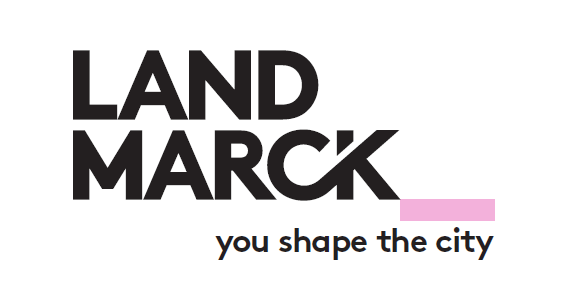
Landmarck: the old factory
site of Van Marcke, now being turned into a creative hotspot hosting fairs,
exhibitions and events.

Durf2030:the municipal
initiative promoting the election of Kortrijk as the European capital of
culture in 2030, their goal is to support and promote 2030 creative and
artistic projects in the city.

Designregio Kortrijk: the
organisation managing all projects related to the UNESCO creative city label of
recognition, they support many projects, from commercial to artistic to support
designers and creatives.

IDEWE: a national company
that provides prevention of work injuries and rehabilitation, they are working
on GO GREEN ROUTES, a project that wants to provide nature-based solutions to
workers to address a multiplicity of issues.

Eurometropolis: a
cross-border organisation that encourages cooperation in the triangle of
Lille-Kortrijk-Tournai. This area has always been historically linked through
its waterways, so Eurometropolis is also the initiator of the projects Carré
Bleu and Blue park, for the natural preservation of the habitat.
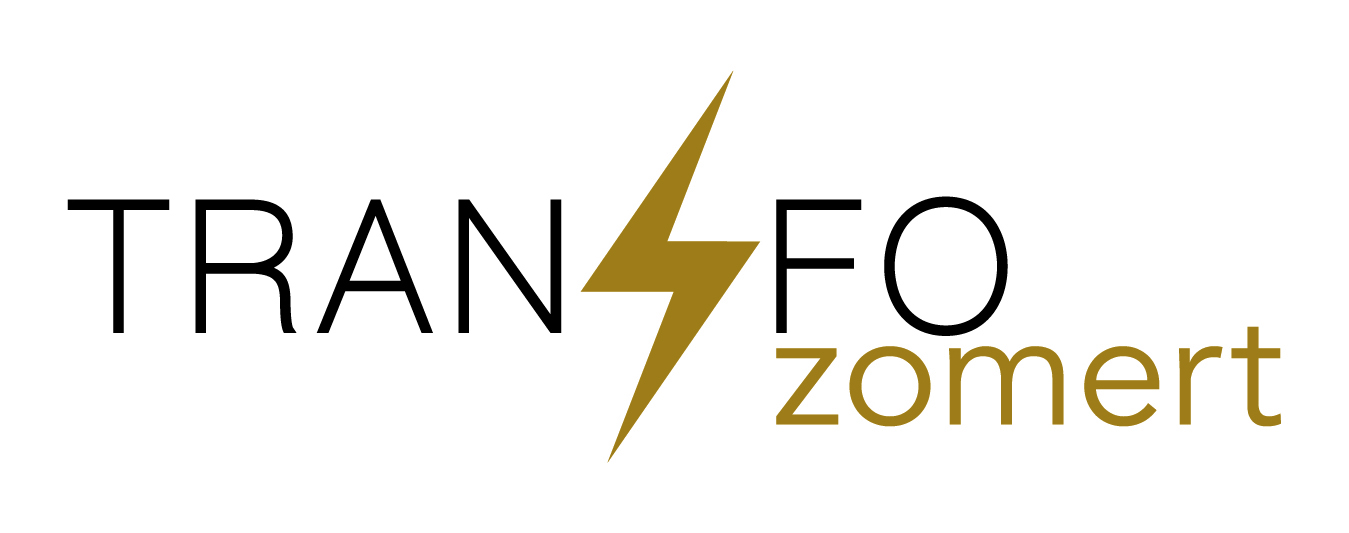
Transfo: an old power
station and industrial site which was turned into a leisure and tourism
location, hosting different events throughout the year and offering cultural
entertainment. They were also part of the festival Contrei live, hosting one of
the permanent installations that followed the project.
Texture Museum: Kortrijk’s
largest museum entirely dedicated to the processing of flax and linen, a very
important part of the local heritage and history.
Green Leaf Projects: a
cargo bike shop, promoting local sustainable mobility through different
interventions and crazy bikes.

Wildernis: an island
accessible only to children to make with natural materials and learn in the
wild with minimal adult intervention, it is part of the adventure playground
network.
International Speakers:
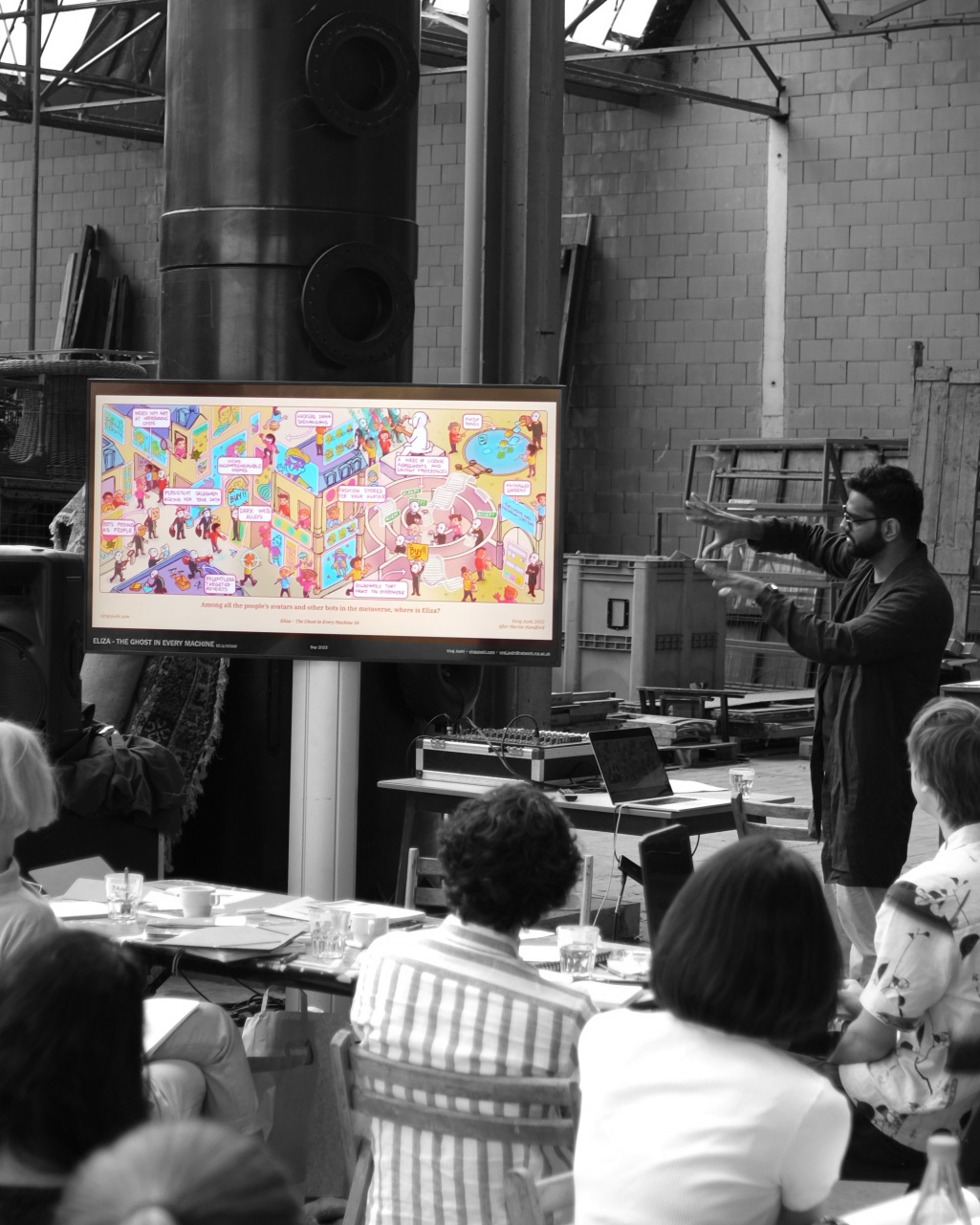

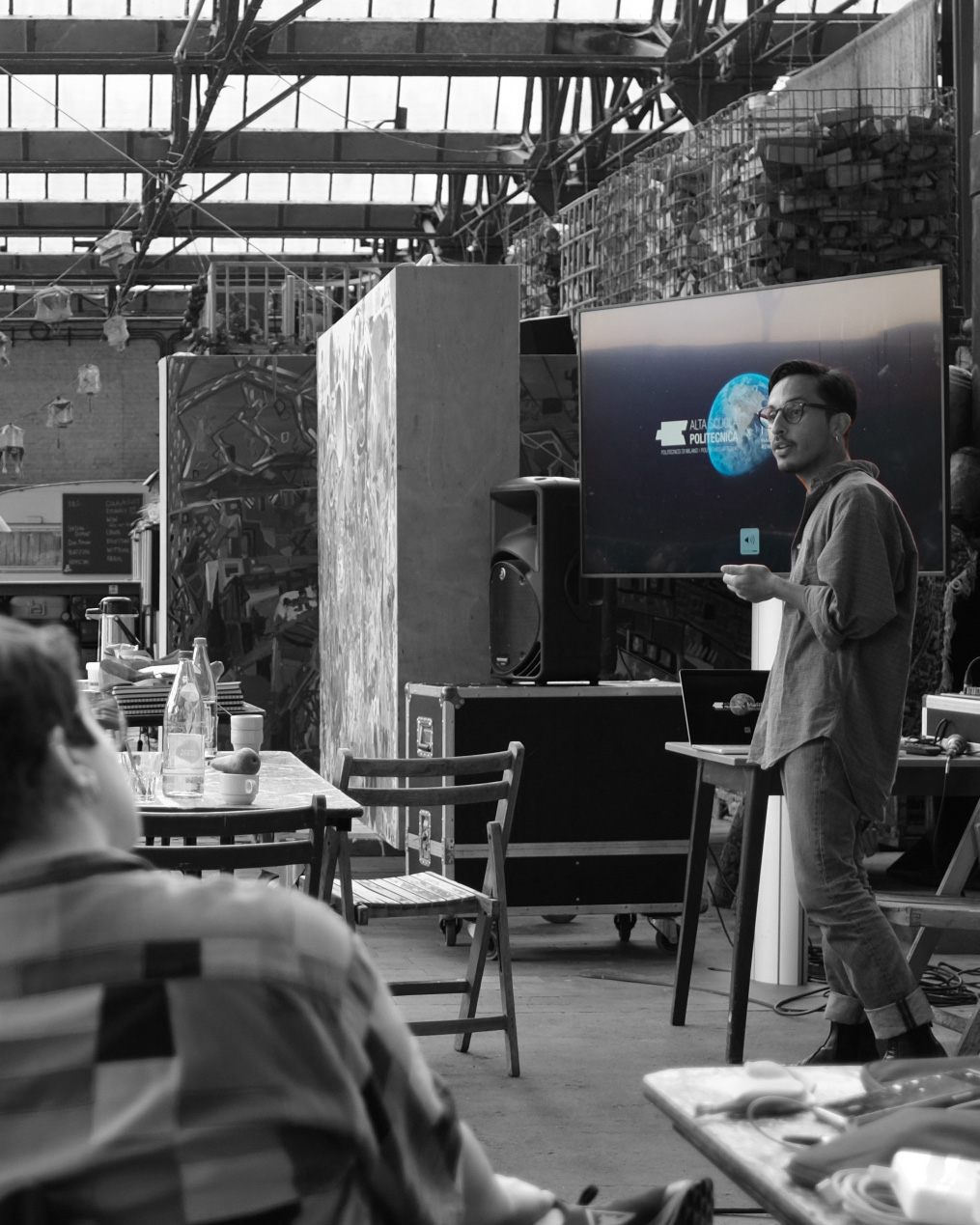
Exhibited at:

Partners:

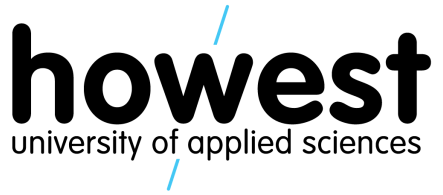

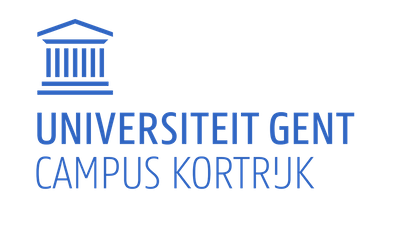

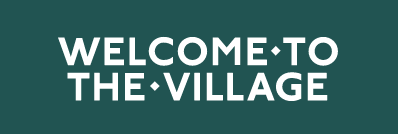




Network:

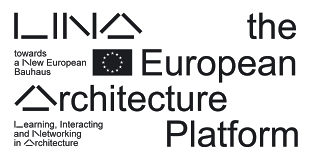

Seen on:



